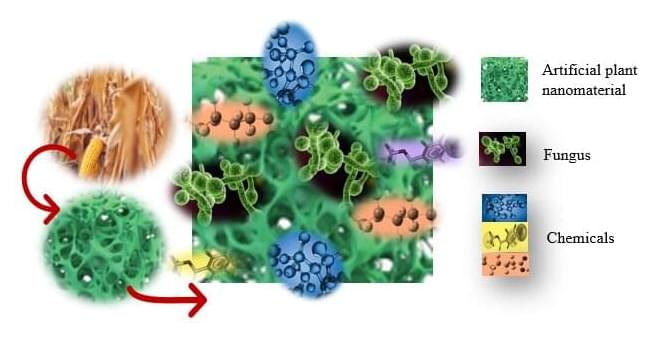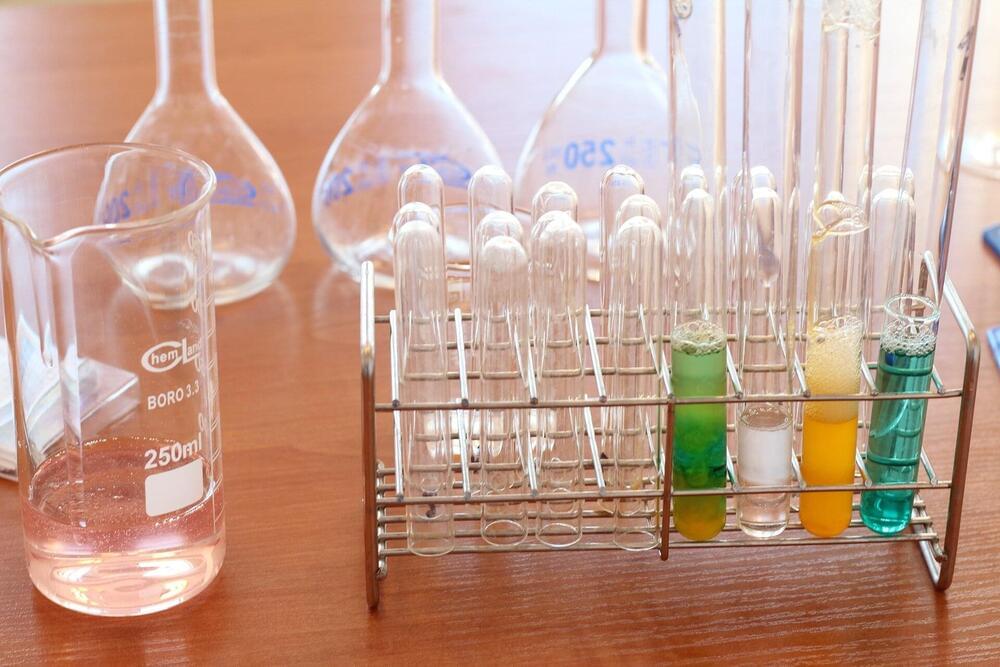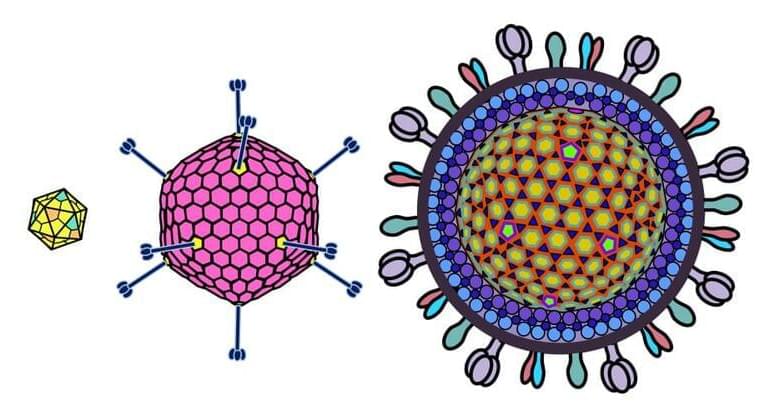Jul 30, 2022
New bioremediation material can clean ‘forever chemicals’
Posted by Josh Seeherman in categories: biotech/medical, chemistry, engineering, food, health
A novel bioremediation technology for cleaning up per-and polyfluoroalkyl substances, or PFAS, chemical pollutants that threaten human health and ecosystem sustainability, has been developed by Texas A&M AgriLife researchers. The material has potential for commercial application for disposing of PFAS, also known as “forever chemicals.”
Published July 28 in Nature Communications, the research was a collaboration of Susie Dai, Ph.D., associate professor in the Texas A&M Department of Plant Pathology and Microbiology, and Joshua Yuan, Ph.D., chair and professor in Washington University in St. Louis Department of Energy, Environmental and Chemical Engineering, formerly with the Texas A&M Department of Plant Pathology and Microbiology.
Removing PFAS contamination is a challenge
Continue reading “New bioremediation material can clean ‘forever chemicals’” »


















